Does G 1/24 offer a way out of the EPO’s inescapable added matter trap?
November 16, 2025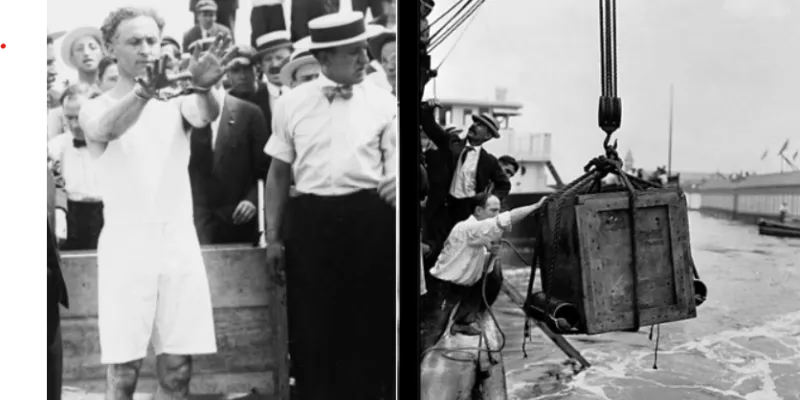
EPO practice on added matter is well known to be strict, with many patents being revoked using this principle every year. Particularly tricky during EPO opposition proceedings is the “inescapable trap” – caused by amendments introduced during prosecution which are unallowable under Article 123(2) EPC and which also cannot be reversed without shifting the scope of the claims which is in turn ruled out by Article 123(3) EPC. T 2048/22 suggests that G 1/24 might provide an escape route for patentees in specific circumstances, but it seems that not all Boards agree as can be taken from T 405/24…
Legal basis for applying G 1/24 to added matter
To start with, we note that G 1/24 doesn’t refer to Article 123 EPC and expressly makes reference to Articles 52 to 57 EPC, so from the outset it was questionable whether it applies for assessing added matter.
The claims are the starting point and the basis for assessing the patentability of an invention under Articles 52 to 57 EPC. The description and drawings shall always be consulted to interpret the claims when assessing the patentability of an invention under Articles 52 to 57 EPC, and not only if the person skilled in the art finds a claim to be unclear or ambiguous when read in isolation.
That said, the famous EPO gold standard expressly adopts the same approach for assessing added matter under Article 123 EPC as novelty under Article 54 EPC. This speaks against taking different interpretations when assessing these provisions. Harmonizing the approach for claim interpretation across the different EPC requirements would also be in line with G 1/24’s aim of harmonizing practice across Europe. Thus, many practitioners assumed that the same approach would be applied for both.
It was therefore no great surprise that T 2048/22 assumed that it does. The Board don’t discuss the exact legal basis for applying G 1/24 to Article 123(2). Meanwhile, T 405/24 expressly questions this approach at reason 1.2.3, but also doesn’t provide any legal justification for ignoring G 1/24 here, beyond the fact that G 1/24 was restricted to Articles 52 to 57 EPC: “even if the Order of the G 1/24 (related to assessing compliance with Articles 52 to 57 EPC only) could indeed be extrapolated to the assessment of compliance with Article 123(2) EPC…”.
Divergence on applying G 1/24: T 2048/22 and the added matter escape route
In this case, the phrase “co-aligned” had been introduced into the claims, but had no express basis in the application as filed (see mark-up in bold/strike-through relative to claim 1 as filed):
…the occlusive layer and the active agent releasing layer are sheet-like layers with common co-aligned pores or perforations that enable the passage of wound exudate through the common pores or perforations of the said two layers to reach the liquid-absorbing layer and simultaneously enable the release of the active agent from the area between the pores or perforations to enter the wound site.
Going to grant with non-verbatim claim language is already a risky business. But the situation for patentee was even worse here, because the original language “common pores or perforations” was still present in another section in claim 1. Oftentimes, such a constellation would lead the EPO to conclude that the “pores and perforations” are different since they are described separately using the different terms “co-aligned” and “common”. Indeed, Board 3.3.02 at reason 1.2.1 accepted that this new phrase could introduce a different meaning, and may introduce ambiguity as to whether “the co-aligned pores or perforations” are the same as “the common pores or perforations”. Such an introduction of ambiguity is often enough to lead to added matter, as it can no longer be said that the feature is derived “unambiguously” from the application as filed.
But surprisingly, applying G 1/24 and looking at three paragraphs of the description, the Board noted that the technical effect “enable the passage of wound exudate” ascribed to “co-aligned pores…” in the claims was ascribed in the description to the “common pores…”. They concluded that these different terms have the same meaning so there is no added matter.
Another added matter objection rested on opponent’s interpretation based on the claim language that pores are different to perforations. The Board dealt with this at reason 1.2.2 by referring to several passages and the figures of the patent which make clear that these terms have the same meaning.

Houdini's escape from a crate in New York Bay; Image by Carl Dietz, Public domain, via Wikimedia Commons
Divergence on applying G 1/24: T 405/24 closes the escape route
This decision related to a claim to a method for rule-based network-threat detection for encrypted communications. Claim 1 had been amended to refer to “routing, by the packet-filtering system, filtered packets to a proxy system based on a determination that the filtered packets comprise data that corresponds to at least one of the plurality [of] network-threat indicators”. The original claim language rather disclosed a specific method of routing packets to the proxy system based on a domain name corresponding to the network-threat indicators. Just like in T 2048/22, this looked to be a difficult amendment in view of the very strict practice at the EPO which generally does not permit removing features from claims. Patentee argued that this amendment is allowable based on a broad construction of “routing” (not limited to network-layer routing only) which finds basis in Fig. 3B, thus relying on an interpretation of the claims based on G 1/24 to solve the added matter problems.
Added matter cases are generally fact specific, so presumably Board 3.5.05 could easily have justified their decision without expressly diverging from the approach in T 2048/22. It is therefore striking that they chose to deal with this argument at a general level of claim interpretation which clearly diverged from the approach of Board 3.3.02. As explained at reason 1.2.3:
…there is no indication in G 1/24 that "consulting" or "referring to" the description and drawings could translate to adopting a claim interpretation which ensures that the disputed feature is originally disclosed and thus necessarily complies with Article 123(2) EPC. Such an approach which inherently assumes that there may be only one "correct" interpretation of a claim feature, namely the one derivable from the original description as its intended meaning… would not lead to an objective assessment of compliance with Article 123(2) EPC and thus jeopardise legal certainty. It would be tantamount to interpreting a claim feature such that, in the end, virtually no violation of Article 123(2) EPC within the meaning of the well-established "gold standard" could arise. Rather, there is a significant body of case law holding that all technically reasonable interpretations of a disputed claim feature are to be taken into account when assessing compliance with Article 123(2) EPC (see e.g. T 945/20-3.4.02, Reasons 2.4; T 470/21-3.3.05, Reasons 2.1; T 2034/21-3.3.04, Reasons 11; T 193/22-3.3.06, Reasons 3.5).
Therefore, the Board seems to take the view that 3.3.02 was incorrect to use the description to arrive at a claim interpretation before assessing added matter on that basis. Rather, they take the view that if a technically reasonable interpretation of a claim feature arising from an amendment can be made which does not find basis in the application as filed, then added matter will be found.
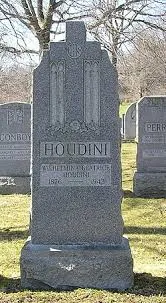
Anthony22 at the English Wikipedia, CC BY-SA 3.0 <http://creativecommons.org/licenses/by-sa/3.0/>, via Wikimedia Commons
Conclusion
It will be interesting to see which of these approaches are adopted in the long run. So far, 3.3.02 seems to be in the minority in taking G 1/24 to heart, and relying on various passages and figures to interpret the claims. That said, their approach seems to be closer to that adopted in the national courts and at the UPC, so would seem to be closer to the harmonising approach favoured by G 1/24.
We will be watching closely to see whether G 1/24 really does provide an escape route from the inescapable trap.
You may also like




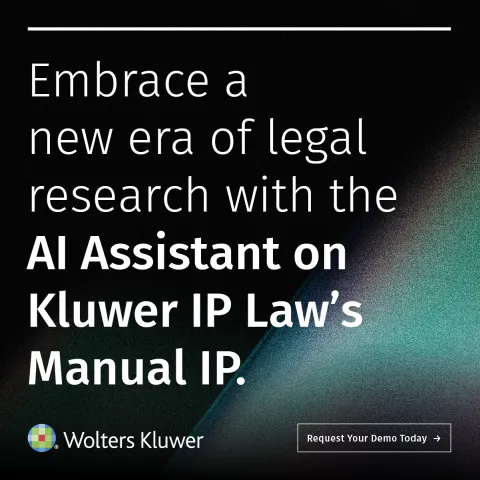


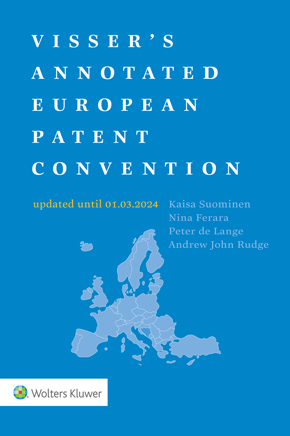
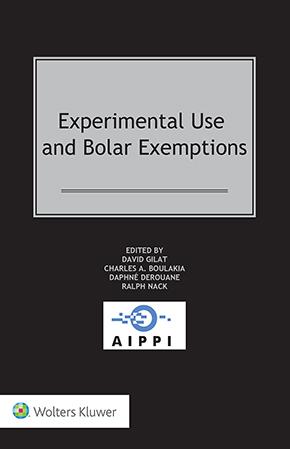



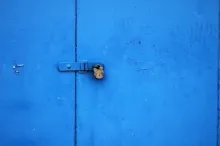

Concerned observer
There are some disturbing implications of the "all technically reasonable interpretations" standard advocated by the Board in T405/24. The first implication is that it would be necessary to accept that at least some claims have MULTIPLE VALID interpretations. A knock-on consequence of this is that, for an AMENDED claim that has multiple valid interpretations, it will become literally impossible to demonstrate that the subject matter of the amended claim is CLEARLY and UNAMBIGUOUSLY derivable from the disclosures of the original application. The second implication is that, if a claim has multiple valid interpretations for the assessment of added matter, then (as per the EPO's "gold standard") it also has the same, multiple interpretations for the assessment of novelty and priority. This would raise questions such as the following. Is novelty lacking if the subject matter of only one interpretation (of multiple valid interpretations) is clearly and unambiguously disclosed in the prior art? What subject matter is clearly and unambiguously disclosed by the claim of a prior art document that has multiple valid interpretations? It should be clear from the above that, at least in my view, it is impossible to square the "all technically reasonable interpretations" standard with the EPO's established case law that is based upon the "gold standard". It should also be clear that settling upon one "correct" interpretation of a claim feature is no bad thing, as that is the only claim interpretation approach which is consistent with the requirement for a clear and unambiguous disclosure of the subject matter of a claim.